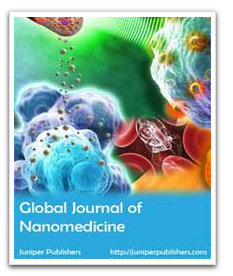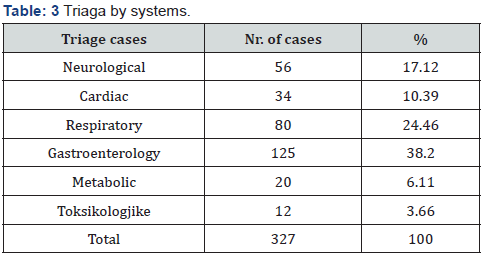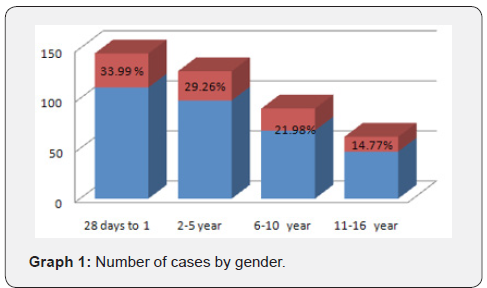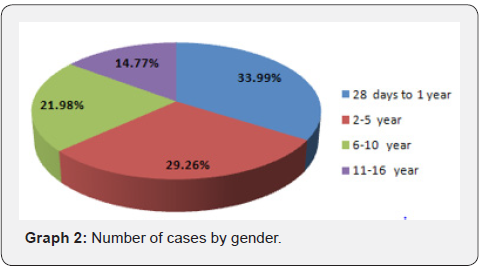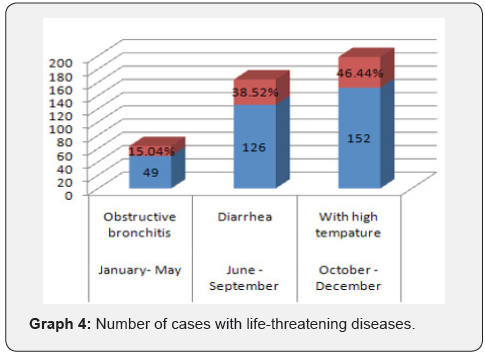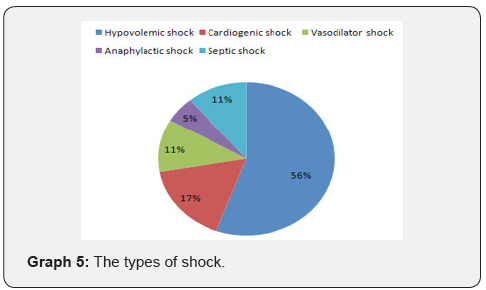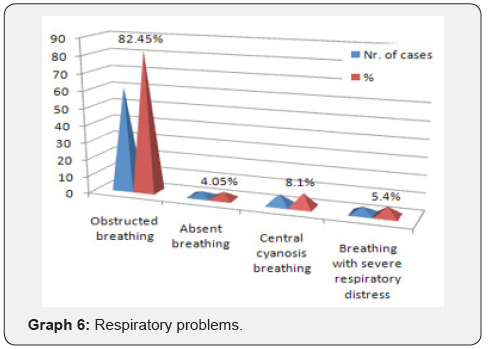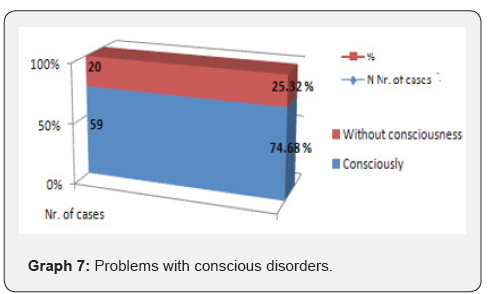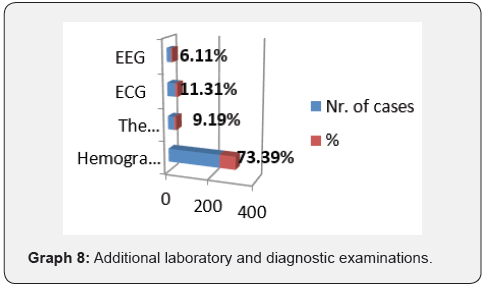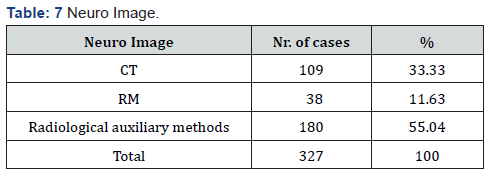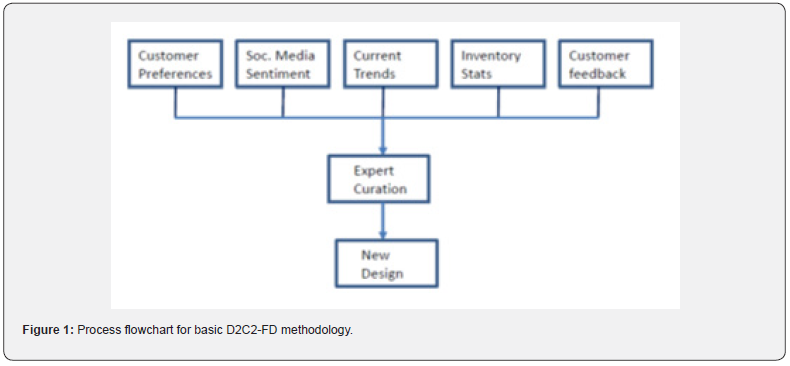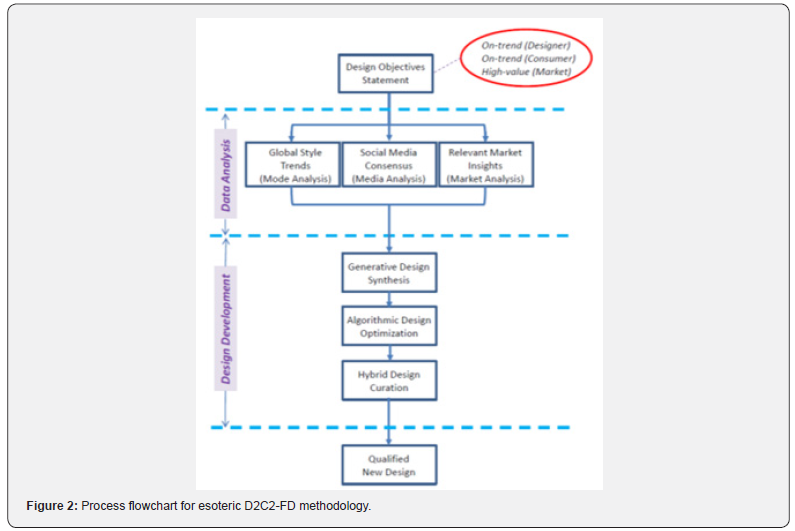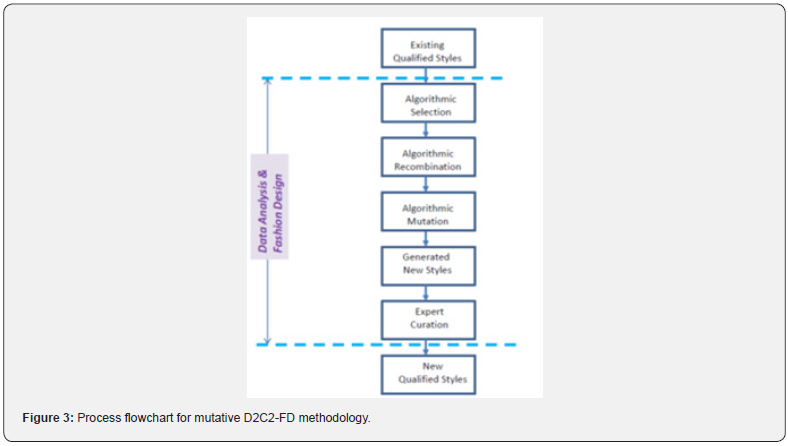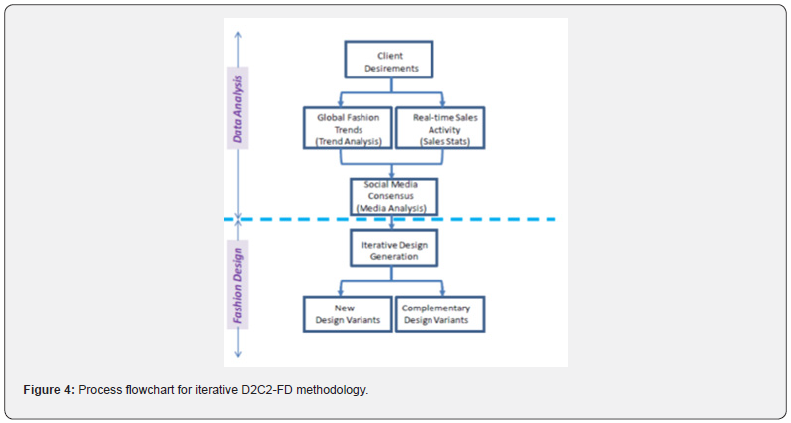Juniper Online Journal Material Science - Juniper Publishers

L-cysteine is a semi-essential
sulfur-containing amino acid found in nails, skin, hair, etc. in the
body. This study was performed to investigate the impact of the Trivedi
Effect® on the structural properties and the isotopic abundance ratio of
L-cysteine using LC-MS analytical techniques. L-cysteine sample was
divided into control and treated parts. The treated part only received
the Trivedi Effect®-Consciousness Energy Healing Treatment remotely by a
renowned Biofield Energy Healer, Dahryn Trivedi. The LC-MS spectra of
both the control and treated samples at retention time (Rt) 1.96 minutes
exhibited the mass of the molecular ion peak adduct with hydrogen ion
at 122 along with low molecular fragmented mass peaks at m/z 105, 102,
87, 76, and 59 for C3H5O2S+, C3H2O2S•+, C3H5NO22+ or C3H5NS•+, C2H6NO2+, and C2H3O2+,
respectively were also observed. The peak area of the treated sample
(1960679.58) was significantly increased by 8.02% compared to the
control sample (1815060.18). The isotopic abundance ratios of PM+1/PM (2H/1H or 13C/12C or 15N/14N or 17O/16O or 33S/32S) and PM+2/PM (34S/32S)
in the treated L-cysteine was significantly increased by 41.86% and
32.39%, respectively compared with the control sample. Hence, the 13C, 2H, 15N, 17O, 33S, and 34S contributions from C3H8NO2S+
to m/z 123 and 124 in the treated L-cysteine were significantly increased compared to the control sample. The changes in peak area and
isotopic abundance ratios might be the cause of changes in nuclei,
possibly through the interference of neutrino particles via the Trivedi
Effect®-Consciousness Energy Healing Treatment. The increased isotopic
abundance ratio of the treated L-cysteine may increase the intra-atomic
bond strength, increase its stability, and shelf-life. The novel
Biofield Energy Treated L-cysteine might have increased the stability,
solubility, bioavailability, and shelf-life compared to the control
sample.
The new form of treated L-cysteine would be a better and more
stable precursor in the food, cosmetics, pharmaceuticals, personal-care
products, additives to cigarettes (act as an expectorant), preventative
or antidote for some of the negative effects of alcohol, acetaminophen
overdose, clinically used ranging from baldness to psoriasis, excellent
for the treatment of asthmatics by enabling them to stop theophylline
and other medications, enhances the effect of topically applied silver,
tin and zinc salts for preventing dental cavities. In the near future,
this Biofield Energy Treated L-cysteine may play a better role in the
treatment of diabetes, psychosis, cancer, and seizures.
Keywords: Biofield Energy; Consciousness Energy Healing Treatment; L-cysteine; The Trivedi Effect®; LC-MS
Cysteine is a semi-essential sulfur-containing amino
acid found in nails, skin, hair, etc. in the body. It contains a thiol
group and available as a chiral molecule with dextrorotation (D) and
levorotation (L) forms [1]. Cysteine is a non-essential amino acid but
may be essential for new-borns, the elderly, and individuals with
specific metabolic disease or malabsorption syndromes. The cysteine
plenty available in egg, meat, milk, garlic, onions, red peppers, oats,
broccoli, wheat germ, brussels sprout, sprouted lentils, etc.
Industrially it is also prepared from animal feathers, hair, and even
from chemical synthesis [1-3].
Due to its high reactivity of the sulfhydryl group of
cysteine (nucleophilic in nature) has numerous biological functions,
i.e., it acts, as a precursor to the antioxidant glutathione and
iron-sulfur clusters, metal cofactors in enzymes, detoxification,
metabolic functions, protein synthesis, collagen production, translation
of messenger RNA molecules to produce polypeptides, etc. [1-6]. It is
also a precursor in the food, cosmetics, pharmaceuticals, personal-care
industries, additives to cigarettes (as an expectorant), preventative or
antidote for some of the harmful effects of alcohol (i.e., liver damage
and hangover), acetaminophen overdose, production of more wool from
sheep, clinically used ranging
from baldness to psoriasis, used for the treatment of asthma,
enhances the effect of topically applied silver, tin and zinc salts for
preventing dental cavities [1,6-9]. Many research work claiming
that, in the near future, cysteine may play an important role in
the treatment of diabetes, psychosis, cancer, and seizures [10].
The stability of L-cysteine is an issue in the neutral or slightly
alkaline aqueous solutions, which is oxidized to cystine by air, and
on decomposition, it emits very toxic fumes of sulphur oxides and
nitrogen oxides [6].
The physicochemical properties of L-cysteine pay a
very important role in the food, cosmetic, pharmaceutical,
nutraceutical, and other industries. The Trivedi Effect®-
Consciousness Energy Healing Treatment has the astonishing
abilities to transform the characteristic properties of both living
and non-living object(s) [11-15]. The Trivedi Effect® is a natural
and only scientifically proven phenomenon in which an expert
can harness this inherently intelligent energy from the “Universal
Energy Field” and transmit it anywhere on the planet via the
possible mediation of neutrinos [16]. An energy field generated
around the body due to the continuous movement of the charged
particles in the body known as “Biofield”. The object(s) received
the “Energy Therapy” respond to a useful way is known as the
Biofield Energy Healing Treatment. There are several Biofield
based Energy Therapies that are used nowadays against various
disease conditions [17-19]. Biofield Energy Healing therapy has
been recognized worldwide as a Complementary and Alternative
Medicine (CAM) health care approach by the National Center
of Complementary and Integrative Health (NCCIH) with other
therapies, medicines and practices such as Ayurvedic medicine,
yoga, meditation, homeopathy, traditional Chinese herbs and
medicines, naturopathy, chiropractic/osteopathic manipulation,
Qi Gong, Tai Chi, aromatherapy, acupressure, acupuncture, healing
touch, hypnotherapy, Reiki, cranial-sacral therapy, etc. [20]. These
CAM therapies have been adopted by most of the U.S.A. population
with several advantages [21]. Similarly, the Trivedi Effect®-
Consciousness Energy Healing Treatment also been reported with
significant impact on the properties of polymers, ceramics, metals,
organic compounds, cancer cell line, microbes, improved skin
health, bone health, improved agricultural crop yield, productivity,
and quality, and altered the isotopic abundance ratio, improved
bioavailability of pharmaceutical/ nutraceutical compounds [22-
37].
The analysis of the natural stable isotope has the importance
of many applications to understand the isotope effects resulting
from the alterations of the isotopic composition [38-40]. Gas
chromatography–mass spectrometry (GC-MS) and liquid
chromatography–mass spectrometry (LC-MS) analytical
techniques are the widely used analytical techniques for the
analysis of isotope ratio with sufficient precision [39]. The Trivedi
Effect®-Consciousness Energy Healing Treatment could be an
economical approach to alter the isotopic abundance of L-cysteine
with improved physicochemical properties for the food, cosmetic,
pharmaceutical/ nutraceutical, and other industries. Thus, this
study was designed and evaluated the LC-MS based structural
characterization and the isotopic abundance ratios in the Trivedi
Effect® - Consciousness Energy Healing Treated L-cysteine
compared to the control sample.
The test sample L-cysteine (>98%, titration method) was
purchased from Alfa Aesar, India. Other chemicals like methanol,
acetonitrile, and ammonium acetate were purchased from Merck,
India.
The test sample L-cysteine powder was divided into two
parts. One part of the L-cysteine powder sample did not receive
the Biofield Energy Treatment called the control sample. However,
the other part of L-cysteine was received the Trivedi Effect®-
Consciousness Energy Healing Treatment remotely under
standard laboratory conditions for 3 minutes by the renowned
Biofield Energy Healer, Dahryn Trivedi, USA, known as the Biofield
Energy Treated L-cysteine. Further, the control sample was treated
with a “sham” healer, who did not have any knowledge about the
Biofield Energy Treatment. After that, both the Biofield Energy
Treated and untreated L-cysteine samples were kept in sealed
conditions and characterized using LC-MS analytical techniques.
Liquid Chromatography-Mass Spectrometry (LC-MS) Analysis
and Calculation of Isotopic Abundance Ratio
The liquid chromatography-mass spectrometric analysis of the
L-cysteine was carried out with the help of LC-MS ThermoFisher
Scientific, USA, equipped with an ion trap detector connected
with a triple-stage quadrupole mass spectrometer. The column
used here was a reversed phase Thermo Scientific Synchronis C18
(250mm × 4.6mm × 5micron), maintained at 25˚C. The diluent
used for the sample preparation was methanol. The L-cysteine
solution injection volume was 20μL and the analyte was eluted
using acetonitrile (92%) + 0.1% ammonium acetate (8%) pumped
at a constant flow rate of 0.8mL/min. Chromatographic separation
was achieved using gradient condition and the total run time
was 10 min. Peaks were monitored at 210 nm using the PDA
detector. Mass spectrometric analysis was performed under ESI
+ve ion mode. The total ion chromatogram, peak area% and mass
spectrum of the individual peak which was appeared in LC along
with the full scan were recorded.
The natural abundance of each isotope (C, H, N, O,
and S) can be predicted from the comparison of the height of the isotope
peak with respect to the base peak. The values of the natural isotopic
abundance of the common elements are obtained from the literature
[40-43]. The LC-MS based isotopic abundance ratios (PM+1/PM and PM+2/PM) for the control and Biofield Energy Treated L-cysteine (C3H8NO2S+) were calculated.
Percentage (%) change in isotopic abundance ratio = [(IARTreated–IARControl)/ IARControl)] × 100
Where IARTreated = isotopic abundance ratio in the treated sample and IARControl = isotopic abundance ratio in the control sample.
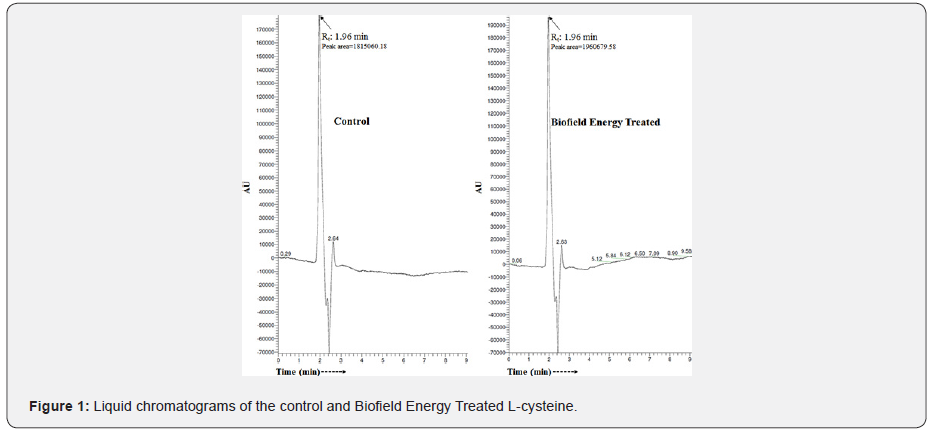
The LC-SM of the L-cysteine showed a single major peak at
retention time (Rt) of 1.96 minutes in both the chromatograms
(Figure 1). The peak area of the Biofield Energy Treated sample
(1960679.58) was significantly increased by 8.02% compared to
the control sample (1815060.18). This indicated that the solubility
of the Biofield Energy Treated L-cysteine might have increased
compared to the control sample. The finding was supported by the
published literature data [12].
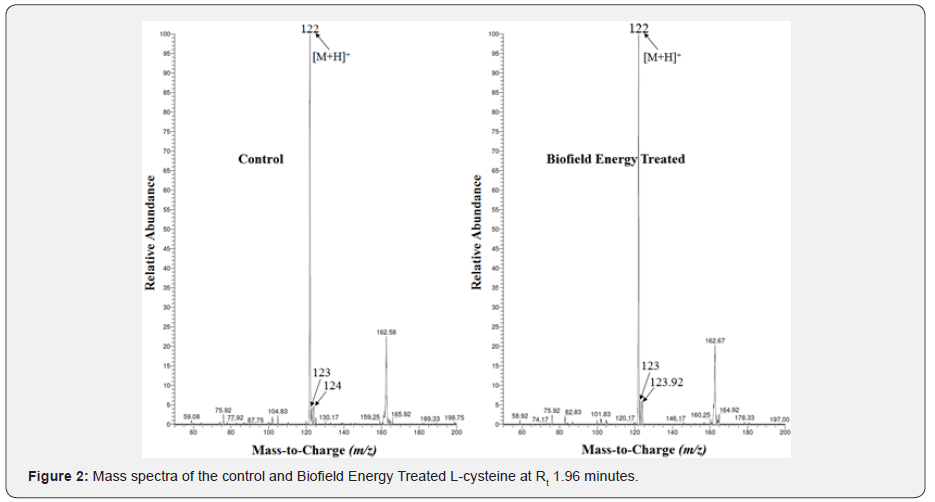
The mass spectra of both the samples of the
L-cysteine are shown in Figure 2. The mass spectra of both the samples
at Rt of 1.96 minutes exhibited the presence of the molecular ion of
L-cysteine (Figure 2) at m/z 122 (calcd for C3H8NO2S+, 122.03). Along with the molecular ion peak, low molecular fragmented mass peaks at m/z 105, 102, 87, 76, and 59 for C3H5O2S+, C3H2O2S•+, C3H5NO22+ or C3H5NS•+, C2H6NO2+, and C2H3O2+
were observed in case of both the samples (Figures 2 & 3). The
experimental data were well supported by the published literature [44].
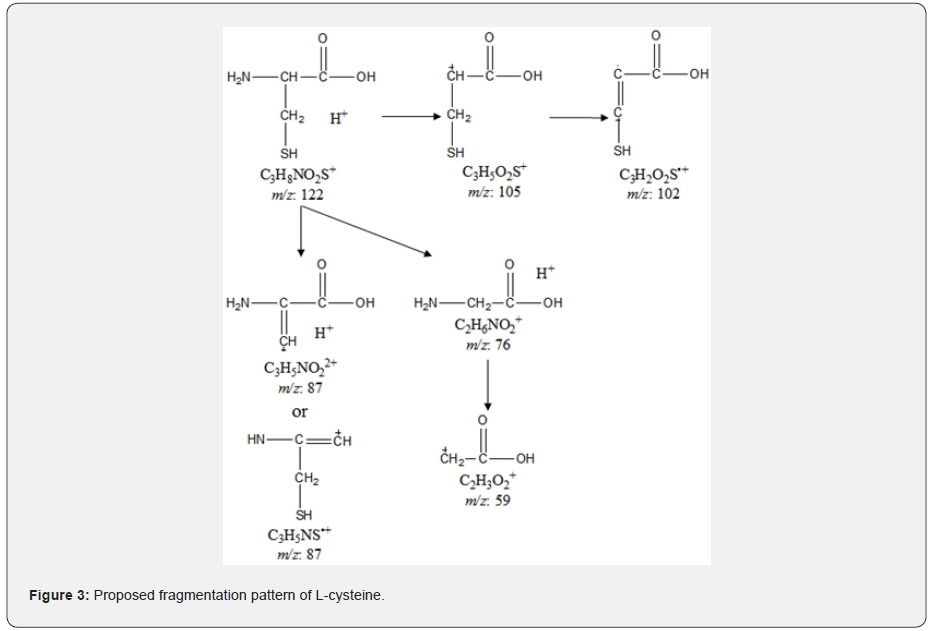
The L-cysteine samples showed the mass of a molecular ion at m/z 122 (calcd for C3H8NO2S+,
122.03) with 100% relative abundance in the spectra. The theoretical
calculation of isotopic peak PM+1 for the protonated L-cysteine
presented as below:
P (13C) = [(3 x 1.1%) × 100% (the actual size of the M+ peak)] / 100% = 3.3%
P (2H) = [(8 x 0.015%) × 100%] / 100%= 0.12%
P (15N) = [(1 x 0.4%) × 100%] / 100% = 0.4%
P (17O) = [(2 x 0.04%) × 100%] / 100% = 0.08%
P (33S) = [(1 x 0.08%) × 100%] / 100% = 0.08%
PM+1 i.e. 13C, 2H, 15N, 17O, and 33S contributions from C3H8NO2S+ to m/z 123 = 3.98%
Similarly, the theoretical calculation of PM+2 for L-cysteine was presented as below:
P (34S) = [(1 × 4.21%) × 100%] / 100% = 4.21%
PM+2, i.e. 34S contributions from C3H8NO2S+ to m/z 124 = 4.21%
The calculated isotopic abundance of PM+1 (3.98%) and PM+2
(4.21%) values was very close to the experimental values 4.3% and 4.6%
(Table 1). From the above calculation, it has been found that 13C, 15N, and 34S have the major contribution to m/z 123 and 124.
The isotopic abundance ratio analysis PM, PM+1, and PM+2
for L-cysteine near m/z 122, 123, and 124, respectively of both the
samples were obtained from the observed relative peak intensities of [M+], [(M+1)+], and [(M+2)+] peaks, respectively in the mass spectra (Table 1). The isotopic abundance ratio of PM+1/PM (2H/1H or 13C/12C or 15N/14N or 17O/16O or 33S/32S) and PM+2/PM (34S/32S)
in Consciousness Energy Healing Treated L-cysteine was significantly
increased by 41.86% and 32.39% compared to the control sample (Table 1).
Thus, the 13C, 2H, 15N, 17O, 33S, and 34S contributions from C3H8NO2S+ to m/z 123 and 124 in the Biofield Energy Treated sample was significantly increased compared to the control sample.

The isotopic abundance ratios of PM+1/PM (2H/1H or 13C/12C or 15N/14N or 17O/16O or 33S/32S) and PM+2/PM (34S/32S)
in the Biofield Energy Treated L-cysteine were significantly increased
compared to the control sample. The changes in isotopic abundance could
be due to the possible interference of neutrino particles via the
Trivedi Effect®-Consciousness Energy Healing Treatment [16]. The altered
isotopic composition in the molecular level of the treated L-cysteine
might have altered the neutron to proton ratio in the nucleus. A
neutrino is an elementary particle that interacts through the weak
subatomic force and gravity. The neutrinos have the ability to interact
with protons and neutrons in the nucleus, which indicated a close
relationship between neutrino and the isotope formation [39,40]. The
isotopic abundance ratios 2H/1H or 13C/12C or 15N/14N or 17O/16O or 33S/32S or 34S/32S
would influence the atomic bond vibration of treated L-cysteine [45].
The increased isotopic abundance ratio of the treated L-cysteine may
increase the intra-atomic bond strength, increase its stability, and
shelf-life. The novel Biofield Energy Treated L-cysteine might have
increased the stability, solubility, bioavailability, and shelf-life
compared to the control sample. The novel Biofield Energy Treated
L-cysteine would be more important to the food, cosmetic,
pharmaceutical/ nutraceutical, and other industries compared to the
control sample.
The Trivedi Effect®-Consciousness Energy Healing
Treatment showed a significant impact on the chromatographic peak area
and isotopic abundance ratio of L-cysteine. The LC-MS spectra of both
the control and Biofield Energy Treated samples at Rt 1.96 minutes
exhibited the mass of the molecular ion peak adduct with hydrogen ion at
122 along with low molecular fragmented mass peaks were also observed.
The peak area of the Biofield Energy Treated sample was significantly
increased by 8.02% compared to the control sample. The isotopic
abundance ratios of PM+1/PM (2H/1H or 13C/12C or 15N/14N or 17O/16O or 33S/32S) and PM+2/PM (34S/32S)
in the Biofield Energy Treated L-cysteine was significantly increased
by 41.86% and 32.39%, respectively compared with the control sample.
Hence, the 13C, 2H, 15N, 17O, 33S, and 34S contributions from C3H8NO2S+
to m/z 123 and 124 in the Biofield Energy Treated L-cysteine was
significantly increased compared to the control sample. The changes in
peak area and isotopic abundance ratios might be the cause of changes in
nuclei possibly through the interference of neutrino particles via the
Trivedi Effect®-Consciousness Energy Healing Treatment. The increased
isotopic abundance ratio of the Biofield Energy Treated L-cysteine may
increase the intra-atomic bond strength, increase its stability, and
shelf-life. The novel Biofield Energy Treated L-cysteine might have
increased the stability, solubility, bioavailability, and shelf-life
compared to the control sample. The new form of Biofield Energy Treated
L-cysteine would be a better and more stable precursor in the food,
cosmetics, pharmaceuticals, personal-care products, additives to
cigarettes (act as an expectorant), preventative or antidote for some of
the negative effects of alcohol, acetaminophen overdose, clinically
used ranging from baldness to psoriasis, excellent for the treatment of
asthmatics by enabling them to stop theophylline and other medications,
enhances the effect of topically applied silver, tin and zinc salts for
preventing dental cavities. In the near future, this Biofield Energy
Treated L-cysteine may play a better role in the treatment of diabetes,
psychosis, cancer, and seizures.
Click here: https://juniperpublishers.com/jojms/index.php
Click here: https://juniperpublishers.com/index.php

